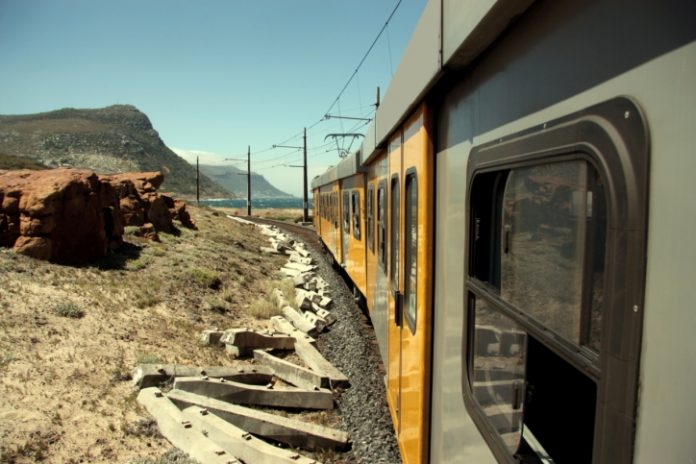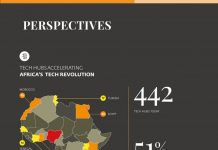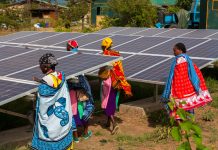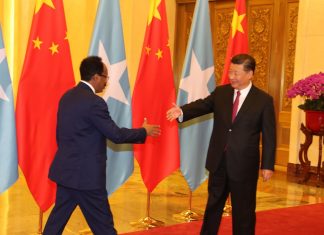African heads of state will begin to pool efforts to develop integrated, reliable and efficient networks of transport, energy, telecommunications and shared water resources under a new decision to fast-track infrastructure development.
The decision followed discussions of the Program for Infrastructure Development in Africa (PIDA, www.pidafrica.org) at the African Union’s heads of state summit in Addis Ababa, Ethiopia, in January. The stage is now set for full implementation of the program.
A joint initiative of the African Union, the African Development Bank and the New Partnership for African Development (NEPAD), PIDA was officially launched in July 2010 in Kampala, Uganda, to remove a major impediment to Africa’s global competitiveness. It sets out short-term goals to be achieved by 2020 under a Priority Action Plan, medium-term goals to be achieved by 2030, and long-term goals by 2040.
The program’s sponsors say full implementation of PIDA would yield up to 15 million new jobs through construction, operation and maintenance of projects, and millions more through the increased economic activity the projects will generate. It would grow ICT bandwidth 20-fold and lift access to electricity to no less than 60 percent in any African country.
According to some estimates, narrowing the infrastructure gap could boost Africa’s economic growth by as much as 2 percentage points a year, and at least double its current 2 percent share of world trade. Large-scale infrastructure projects already in the works include a North-South Road and Rail Corridor project that cuts across eight countries in eastern and southern Africa.
Tackling PIDA recommendations head-on, the heads of state pledged in January to boost public spending on infrastructure, harmonize regulations and standards, and promote public-private development partnerships. They also pledged to:
- Establish an institutional framework to develop major integrative projects and carry out the necessary reforms to ensure their better operation and maintenance;
- Contribute to the Special Fund of the NEPAD Infrastructure Project Preparation Facility and the African Water Facility;
- Enhance production of, and inter-state trade in, energy by implementing large-scale integrative hydroelectric power projects, high-capacity oil refineries, and gas and oil pipelines;
- Develop new and renewable energy resources, including nuclear energy;
- Speed up construction of missing links and development and modernization of railways;
- Increase ports capacity;
- Harmonize laws and simplify transit procedures;
- Work together for the full and diligent implementation of the 1999 Yamoussoukro Decision;
- Prioritize environmental protection and transport and energy safety and security;
- Develop regional and continental information and telecommunication broadband networks and ensure access to submarine cable resources for all AU member states to achieve an African Information Society and an integrated digital economy; and
- Focus on joint programs for the management of shared water resources.
According to the International Finance Corp., the World Bank’s private sector arm, some $45 billion a year is already being spent on infrastructure, but that’s only about half of the $93 billion needed annually to meet Africa’s growth and development. The agency says Africa’s grid of roads, bridges and power alone represents a $1 trillion investment prospect over the next 10 to11 years.
The African Development Bank projects energy demand to grow six-fold, maritime traffic as much as eight-fold, and demand for IT 20-fold in the next 30 years. Bank president Donald Kaberuka says mobilizing private capital through infrastructure bonds—as already is being done in Kenya, Ghana, Nigeria and Zambia—could provide the financing for an economic transformation.













